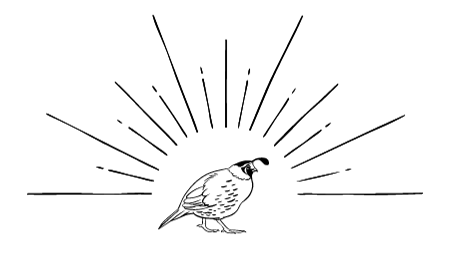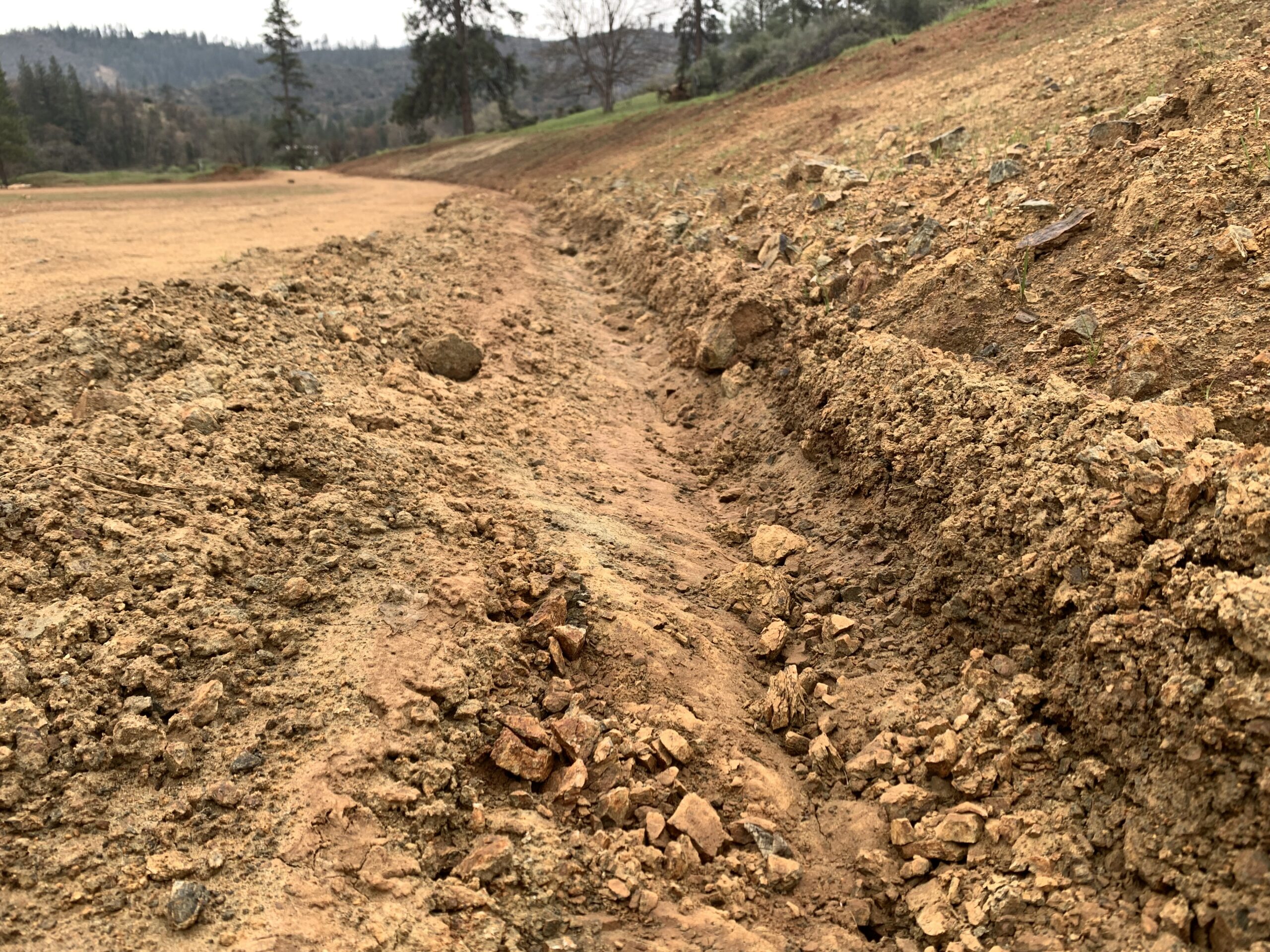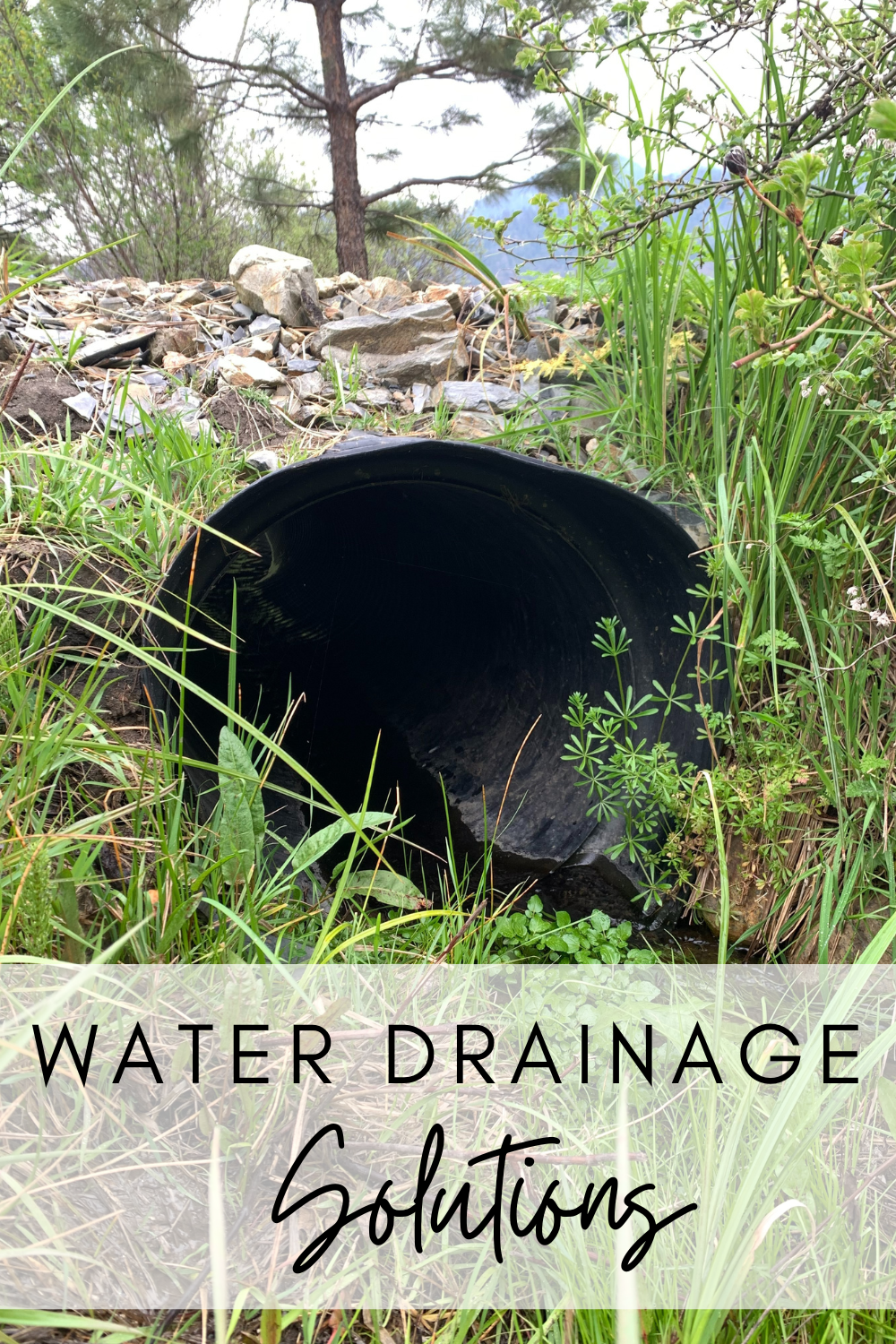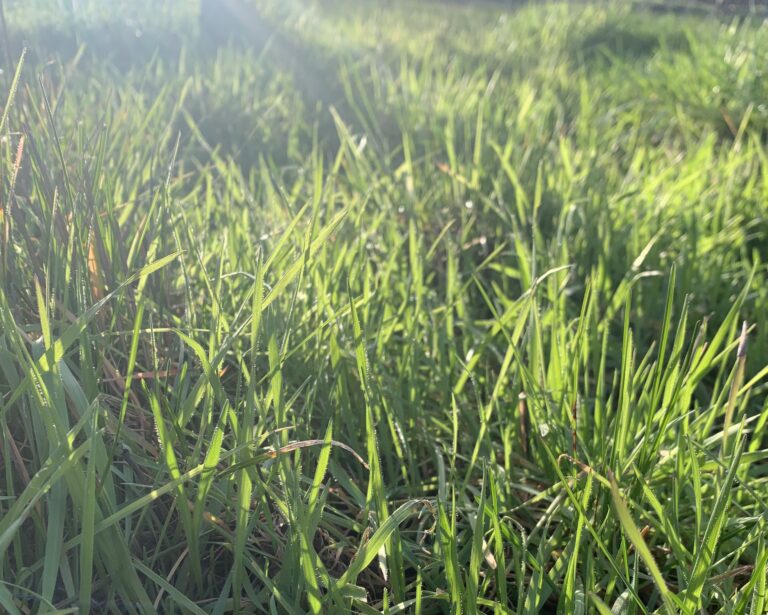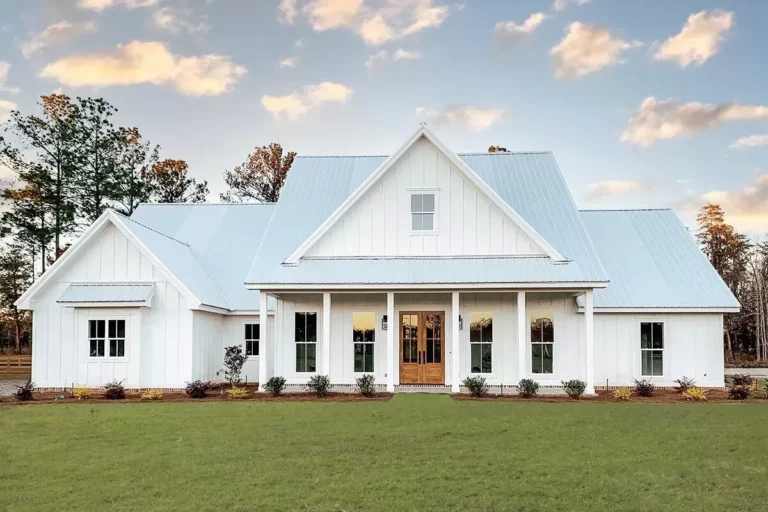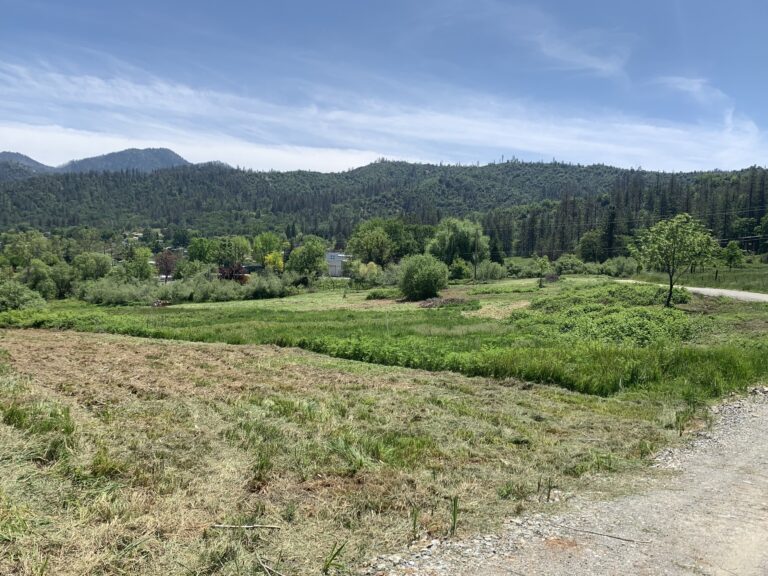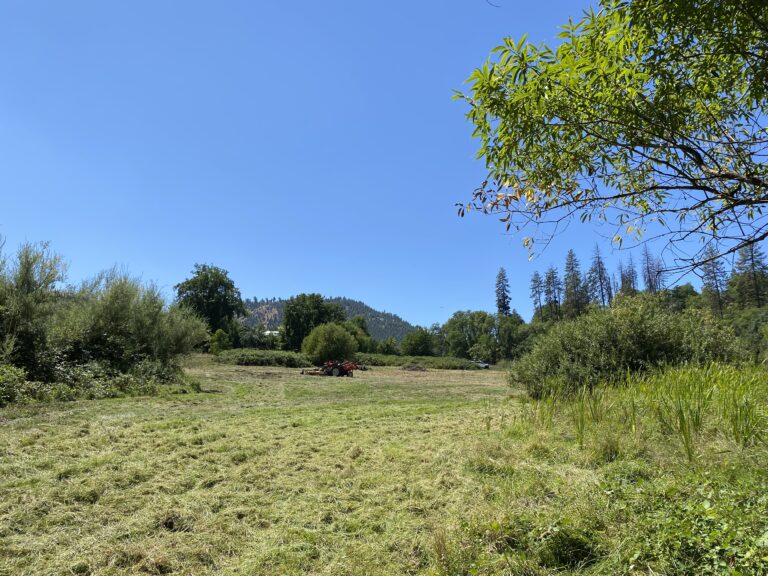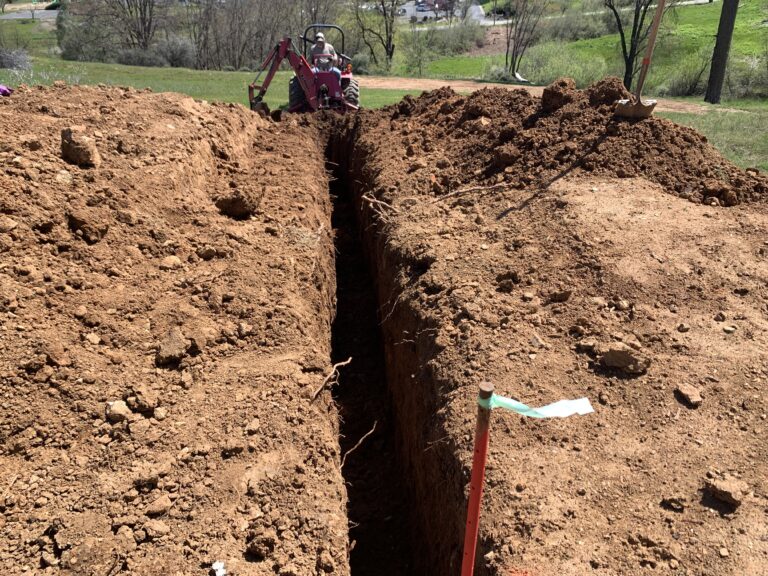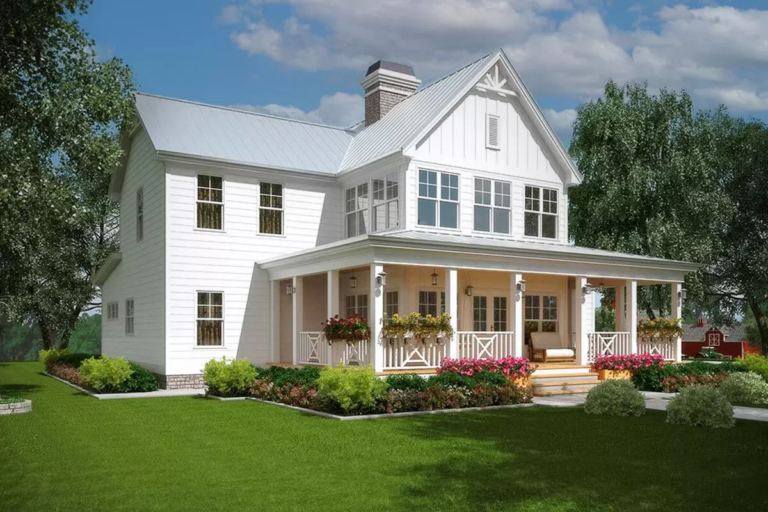Top 5 Water Drainage Solutions for Any Landscape
Whether you’re struggling with drainage in your backyard or on your homestead, we’ve got some ideas to help! Read on for the top five water drainage solutions for any landscape.
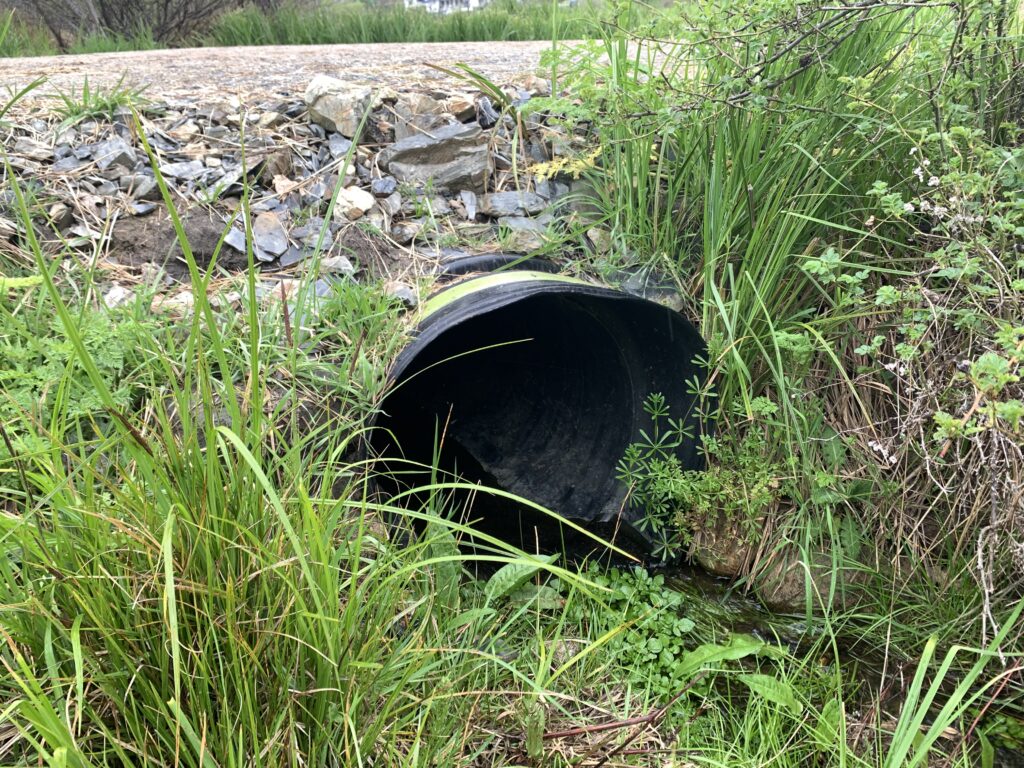
Drainage is a vital, but often overlooked, aspect of property development and landscaping. It can affect almost every area of improvement – from roads, to buildings, to gardens, pastures and curb appeal. Good drainage is essential for the overall quality and integrity of whatever system you’re working on.
Without proper drainage, water can pool up in some areas and run off uncontrolled in other areas. Both of which can lead to several issues, especially during heavy storms and heavy rainfall years. In this post, we will cover the top five drainage solutions for any landscape.
If you’re just looking for a quick overview of what the top five drainage solutions are, I’ll list them below. Read on for a more detailed explanation of each, and some examples of where each technique could be used.
The Top 5 Drainage Solutions for Any Landscape:
- Slope
- Ditch
- Culvert
- Water Bar
- Water Infiltration
Slope
Slope, in the most basic definition, is a measure of steepness. When we talk about slope for drainage purposes, we are talking about steepness and direction. Essentially, we want to optimize the slope of the land so that when water hits the surface, it flows where we want it to flow, and doesn’t pool up or run all across the surface.
Usually, slope is utilized in addition to one or several other drainage features, but it is a foundational aspect of good drainage in any system.
Ditch
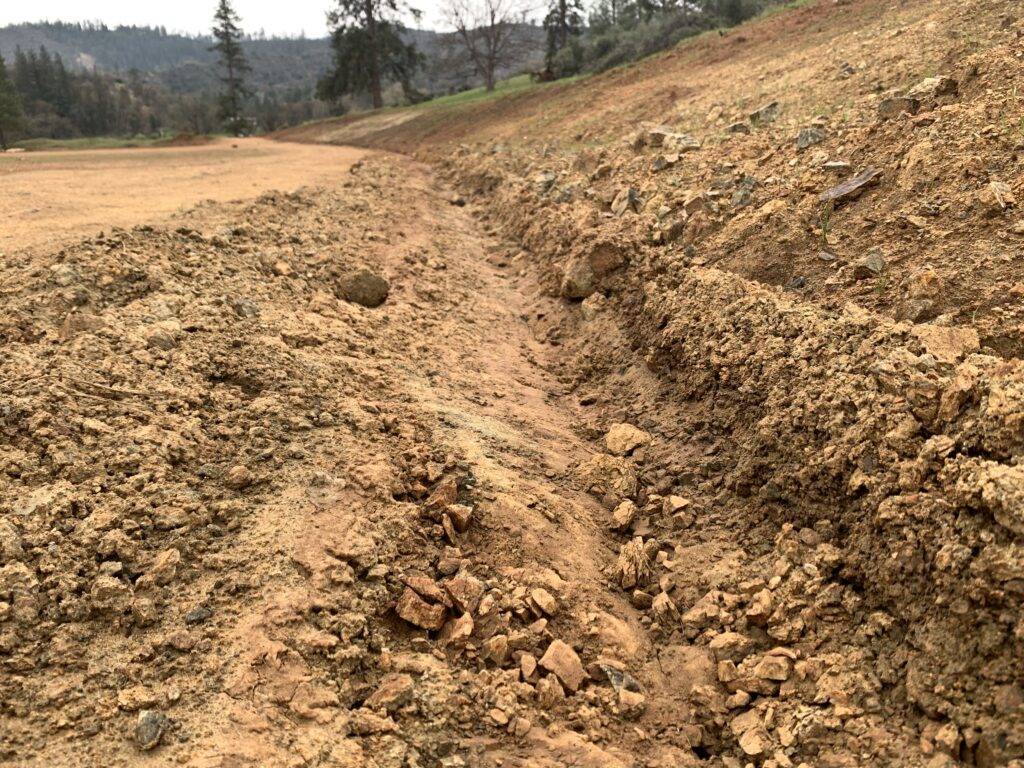
Drainage or diversion ditches can be a quick solution for many water drainage issues, used in combination with slope to achieve effective water capture and flow. The ditch should be at the bottom of a slope, and the ditch itself should have some fall so that water will flow in one direction.
Ditches can be pretty simple to make and can be used in many different situations, such as the inside of a road, the bottom of a bank or hill, or to channel water from a seep or spring.
Culvert
Most of us have seen a culvert somewhere, as they are commonly used in road construction. Culverts can be used as a cross drain to direct water from an inside ditch to an outside ditch, or for a stream or small creek crossing.
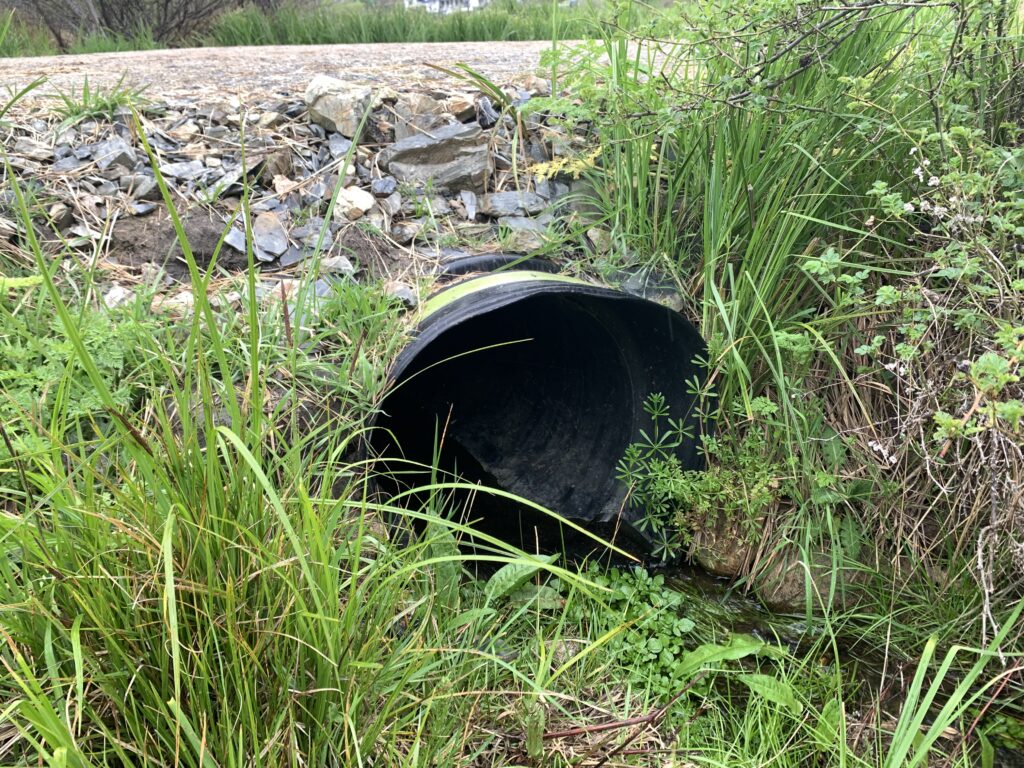
For optimal function, all culverts used in road construction should be at least 12 inches in diameter. Determining the size of a culvert takes some consideration in placement and overall features of the area. Culverts should be sized according to the size of the drainage watershed, and placed in the low point of the road to ensure effective water diversion.
Water Bars
A water bar, also known as a water break, is a ditch or dip constructed diagonally across the road surface or slope so that water flow is effectively diverted. Water bars aren’t common in residential road construction, as they make driving the road quite rough. However, water bars can be an effective strategy for slowing water flow (and therefore erosion) in freshly graded areas or very steep slopes.
Water Infiltration
Water infiltration refers to how well the soil absorbs the water as it hits the surface. It is different than the other methods described above as it is more foundational to the overall system. Water infiltration is an aspect of soil health, and the focus is on improving the soil to be able to take on more water, whereas the other methods focus on controlling and diverting water flow.
Although this method is beneficial to any environment, it makes the most sense in areas where soil health is important. Situations where improving water infiltration as a primary measure to improve drainage would be landscaping, gardens, and pastures.
Soil health is a whole topic in and of itself, but a simple way to improve water infiltration is with cover crops. Not only do cover crops help enrich the soil, but they also help break up heavy soils with their roots and cover bare soil (as their name suggests). There are many benefits to utilizing cover crops, but water infiltration is an important one when it comes to dealing with drainage and runoff issues.
Applying Water Drainage Solutions
When it comes to water drainage, very often it is a process of trial and error. We have found that as we develop our property one step at a time, there’s always new issues that we need to find solutions for. Since most construction-type projects happen during the summer, by winter, we usually have a new set of drainage issues to deal with. Some are simple little tweaks, and others take a bit more effort.
For example, when we built our house pad, we initially utilized slope to encourage water to drain off the pad. We’ve also built a drainage ditch to capture water runoff from the drainage watershed above our pad, and a water bar to help slow water running off the pad and minimize erosion.
This past winter was the first wet season with the building pad, and our drainage solutions have worked well. There are still a couple low spots that we need to address to prevent big puddles. We also plan on experimenting with cover crops to help improve water infiltration and overall soil quality, specifically in garden and landscaping areas. As with anything in property development or on the homestead, it’s a work in progress!
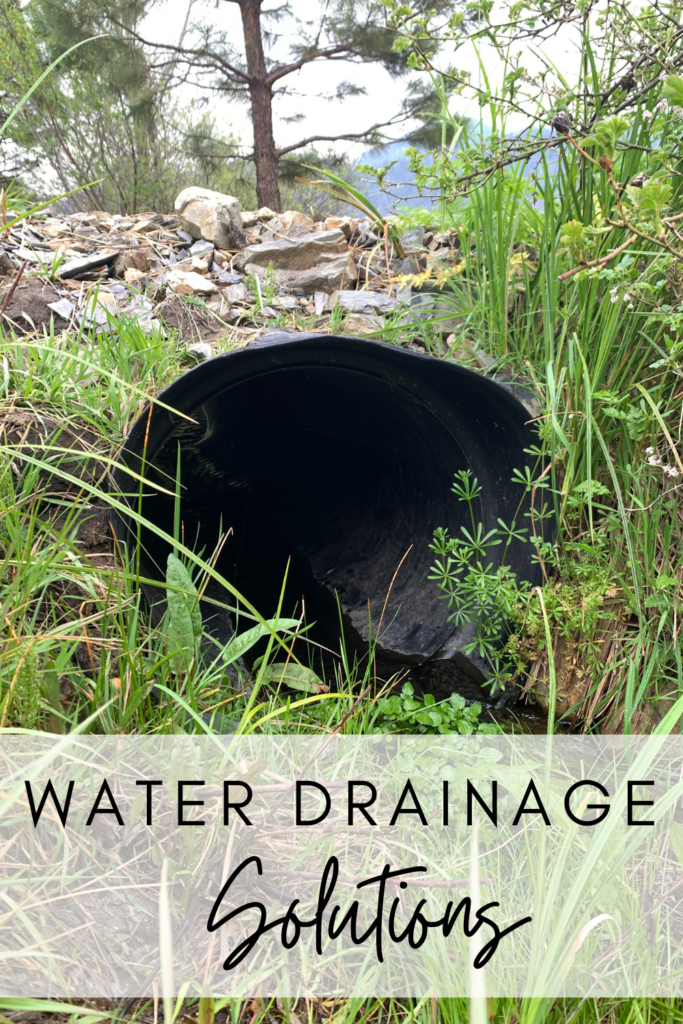
I hope this post has given you some ideas on how to deal with water drainage on your property. If you found this post helpful, please leave a comment below and don’t forget to share! Thanks for reading!
